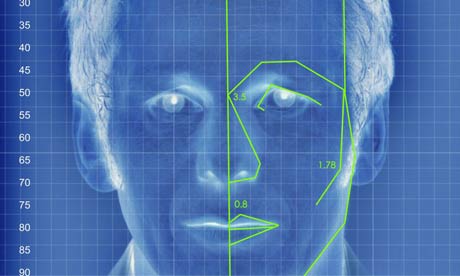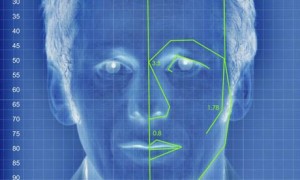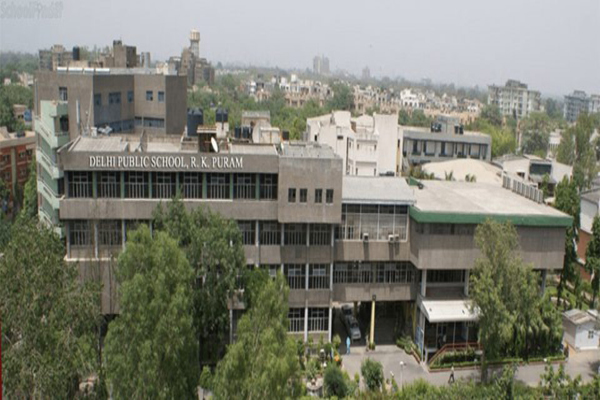 Prof S K Kak, Vice Chancellor, Mahamaya Technical University, believes that education is beyond bookish knowledge
Prof S K Kak, Vice Chancellor, Mahamaya Technical University, believes that education is beyond bookish knowledge
 In today’s knowledge centric environment the future of any country is dependent on how educated and well trained the workforce is. We need to ensure that every individual has access to all the opportunities for getting the best possible training, so that he or she can be a productive and inspiring member of the society.
In today’s knowledge centric environment the future of any country is dependent on how educated and well trained the workforce is. We need to ensure that every individual has access to all the opportunities for getting the best possible training, so that he or she can be a productive and inspiring member of the society.
In India, our educational system has remained stagnant, moribund and fossilised due to the total lack of academic and intellectual leadership from those within and outside the institutions of learning. Most of our education is bookish, and stylised without any connection to the real world of social and economic activity. This need to change, requiring complete and total overhaul of our schools, colleges and universities and the way teaching and learning is happening in these places. We need to focus more on knowledge than on information and explain to the students the difference between the two, we need to have active learning pedagogy, we need to teach application and use of knowledge rather than simply test the ability to memorise information.
Most of the higher education institutions have been working with very poor funds and even poorer utilisation of these. The institutions do not operate with well defined administrative and operational processes and if some of them have these, they are seldom revised based on feedback and problems faced by the institution. Thus the self corrective mechanisms are nonexistent making the processes archaic and very inefficient as they have no agility to meet the requirements of today’s explosive knowledge world. Many of the best institutions do not have any learning and academic outcome related metrics for evaluating the efficacy of education happening in these centres and no effort is thus possible to record the outcomes that are achievable vis-a-vis what is achieved. Most of the models of excellence that are used even in the best of educational institutions are those that have been evolved for the industrial world and they fail to assess the quality of education and thus make educational institutions focus more on administrative and managerial aspects rather than academic and intellectual ones. This is creating a very sad situation where the academics is sacrificed or seconded to administrative or managerial controls and requirements.
Many of the best institutions do not have any learning and academic outcome related metrics for evaluating the efficacy of education being imparted in these centres”
Education is not simply a way of knowing from the books or classrooms but it must bring about an ability to explore, analyse and assess everything around oneself. The structured knowledge must be tested on the field to validate it for oneself and then apply it to situations that confront us as individuals or as social beings. We academicians in India have failed to create any connection between what is learnt in the classrooms to what, how and why it is applied in the world outside, this is the main failure of education, and this leads to educated persons being misfit for the world they are to live, work and succeed in.
The huge advantage we have of having a large part of our population of these young and eager persons who need to learn to earn and need to realise the dreams that they have for themselves and the world around can be lost if our education system fails to meet their basic aspirations’ due to deficit skills that are demanded from them in the workplace. This is the challenge that can be converted into a great opportunity by the combined efforts of the teachers, educationists, and academicians by transforming the education system that tunes to the need of the times. The consequences in failing to do so can be disastrous for the nation and hence we have very little choice.


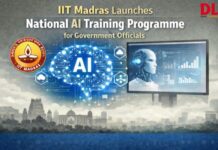
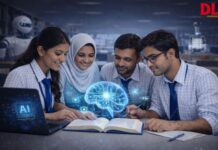
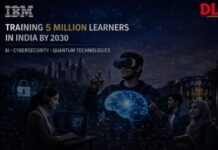






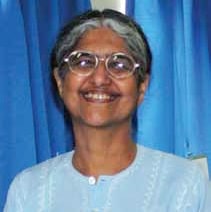 “NCERT is in the process of becoming the Institution of National Importance, which will empower it to be more flexible and offer degree courses,” says Prof Parvin Sinclair, Director, National Council of Educational Research & Training (NCERT).
“NCERT is in the process of becoming the Institution of National Importance, which will empower it to be more flexible and offer degree courses,” says Prof Parvin Sinclair, Director, National Council of Educational Research & Training (NCERT). Sarva Shiksha Abhiyan programme. Under the 12th Five Year Plan, the Central Government has sanctioned Rupees 6300crore to strengthen teacher education. Despite the massive efforts towards digitisation that are being undertaken, the education system in the country is being stymied due to the lack of properly trained teachers. The Central government’sinitiative to recruit 19.82 new teachers will help in bridging the gap toa significant extent.
Sarva Shiksha Abhiyan programme. Under the 12th Five Year Plan, the Central Government has sanctioned Rupees 6300crore to strengthen teacher education. Despite the massive efforts towards digitisation that are being undertaken, the education system in the country is being stymied due to the lack of properly trained teachers. The Central government’sinitiative to recruit 19.82 new teachers will help in bridging the gap toa significant extent. 473 private schools in the state of Punjab might face closure due to non-implementation of the provisions of Right to Education Act, as instructed by Punjab education minister Sikander Singh Maluka. Maluka has instructed immediate closure of such schools in the state.
473 private schools in the state of Punjab might face closure due to non-implementation of the provisions of Right to Education Act, as instructed by Punjab education minister Sikander Singh Maluka. Maluka has instructed immediate closure of such schools in the state.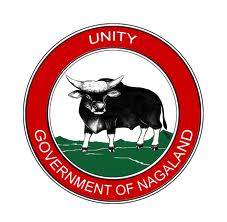


 Semiconductors Ltd. has joined hands with Digilife Distribution and Marketing Services Ltd (DDMS), a 100% subsidiary of HCL Infosystems Ltd. and one of the leading distribution house in India. This partnership will foster a relationship between the two superpowers and further the distribution of Simmtronics Tablets in India.
Semiconductors Ltd. has joined hands with Digilife Distribution and Marketing Services Ltd (DDMS), a 100% subsidiary of HCL Infosystems Ltd. and one of the leading distribution house in India. This partnership will foster a relationship between the two superpowers and further the distribution of Simmtronics Tablets in India.